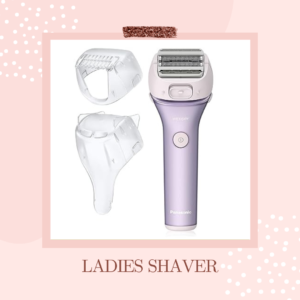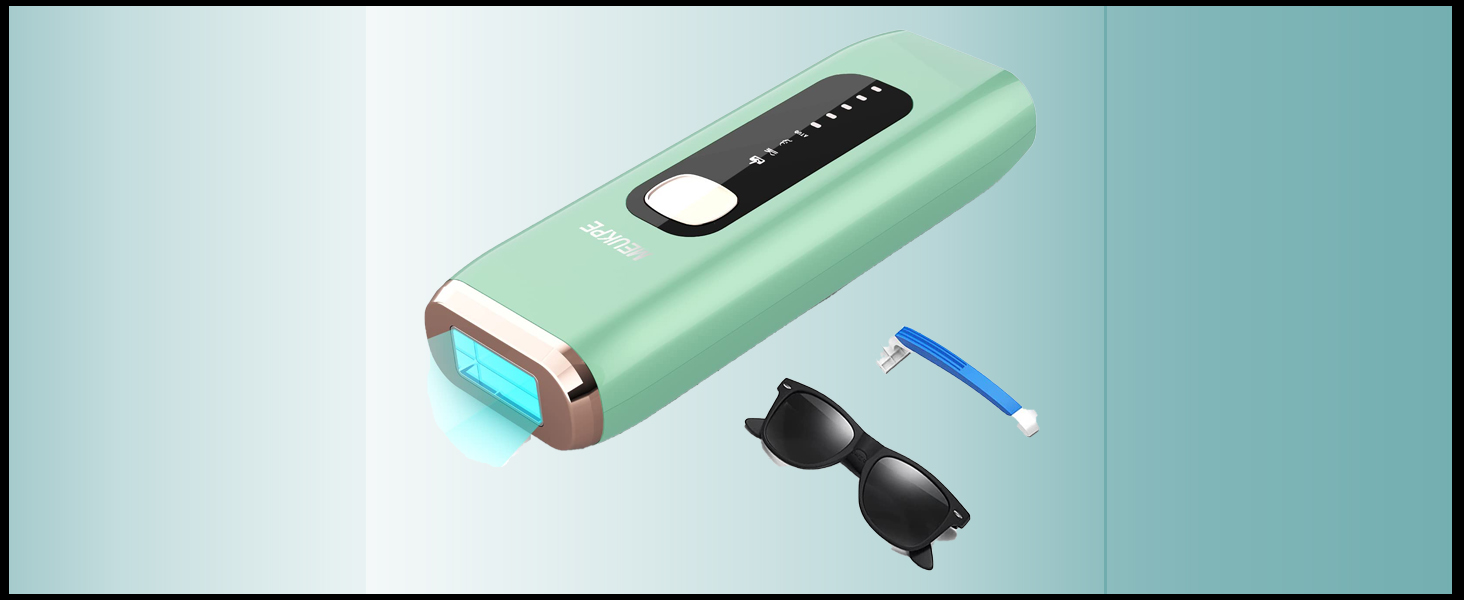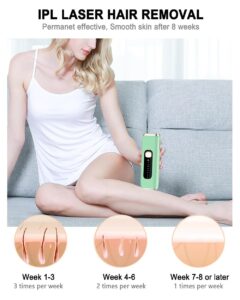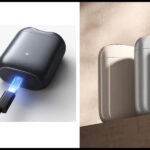Laser hair removal is a popular cosmetic procedure. Which is designed to offer a long-lasting solution for unwanted hair. Although it is generally safe, laser hair removal can have side effects (like any medical procedure). Understanding the risks (side effects) helps users make informed decisions about their treatment. Knowing about the risks encourages users well aware to manage them.
In this article, we’ll explore the potential side effects of laser hair removal, how to prevent them, and aftercare tips.
Laser hair removal is a widely popular hair removal method. This method uses concentrated light (laser) for targeting and destroying hair follicles, inhibiting future hair growth. This method is popular for its permanent (semi) results as hair removal. Also for its convenience compared to traditional methods like shaving or waxing. However, as with any medical treatment, it is very important to understand the possible side effects of laser hair removal. Few side effects are very common but not too risky. On the other hand, a few side effects are very risky but not so common.
How Does Laser Hair Removal Work?
The basic process of laser hair removal is not too critical. It works by emitting a concentrated beam of light that is absorbed by the pigment (melanin) in the hair. Then, the light energy converts to heat, which damages the hair follicles to prevent or slow down future hair growth. Most users need multiple sessions to achieve the desired results.
Common Side Effects
Laser hair removal is generally considered as a safe hair removal method. However certain mild side effects are common and expected. Most of these effects are temporary and does not sustain for more than a few hours to a few days.
Here is the list:
-
Skin Redness and Irritation
- Swelling
Skin Redness and Irritation
The most common side effects of laser hair removal is mild skin redness and irritation. The laser’s heat can cause temporary inflammation of the hair follicles, which leads to a pink or red appearance on the skin. Some people describe the sensation as similar to a mild sunburn. Fortunately, this effect typically resolves within a few hours to a few days.
Tips for Relief:
- The specialist says that applying a cold compress or aloe vera gel can help soothe the skin.
- It is also recommended to avoid makeup or any skincare products with fragrances on the treated area for at least 24 hours to prevent further irritation.
Swelling
Swelling, or perifollicular edema, is another common side effect. These side effects can often appear around the treated hair follicles. This reaction happens as the body’s immune system responds to the heat from the laser. Generally, swelling doesn’t sustain for more than a few hours.
Tips for Managing Swelling:
- Elevating the treated area is recommended (especially if it’s on the face or neck) to reduce swelling.
- Over-the-counter anti-inflammatory creams may help in reducing puffiness (as recommended by the dermatologists).
Less Common Side Effects
The following side effects can last longer than the common side effect list. While they are not as common, it’s essential to know what to expect.
Here is the list:
-
Skin Pigmentation Changes
-
Blisters and Burns
Skin Pigmentation Changes
Laser hair removal can sometimes cause hyperpigmentation (darkening of the skin) or hypopigmentation (lightening of the skin) in the treated areas. This is more likely to occur in people with darker skin tones, as the laser’s energy is absorbed by melanin, potentially impacting the surrounding skin.
Prevention and Treatment:
- Always consult a licensed professional experienced in treating your skin type to minimize the risk of pigmentation changes.
- Avoid sun exposure on the treated area, as this can exacerbate pigmentation issues.
Blisters and Burns
If the laser settings are too high or if improper equipment is used, there is a risk of blisters or burns. This effect is rare but can occur, particularly when inexperienced technicians perform the procedure.
Treatment Tips:
- Use gentle cooling products or ointments recommended by a dermatologist to avoid infection.
- Avoid popping any blisters, as this can lead to scarring or infection.
Rare but Serious Side Effects
These side effects are extremely rare but there are some serious side effects to be aware of, particularly with improper laser use.
Here is the list:
-
Scarring
-
Infection
Scarring
Scarring is a side effect that may occur in cases where burns or blisters are severe. Scarring is most likely if the skin becomes infected or if blisters are not appropriately cared for.
Infection
There is a minimal risk of infection if the treated area is not kept clean after the procedure. Signs of infection include persistent pain, swelling, or pus formation at the site.
How to Prevent Infections:
- Follow post-procedure hygiene guidelines and keep the treated area clean.
- Avoid touching or picking at the treated skin to prevent bacterial contamination.

Factors That Influence Side Effects
Certain individual factors can impact the likelihood and severity of side effects. These include: skin type and tone, area of treatment, etc.
Skin Type and Tone
Skin tone plays a significant role in determining how a person will respond to laser treatment. Darker skin tones absorb more laser energy, increasing the chance of pigmentation changes or irritation.
Area of Treatment
Areas with thinner skin, like the face, may be more sensitive to laser treatments. Conversely, areas with thicker skin, such as the legs, may have a slightly lower risk of irritation but might require more sessions for effective results.
Risk Factors for Complications
Understanding factors that can increase the risk of side effects is essential for anyone considering laser hair removal. This includes sun exposure, usage of improper equipment, etc.
Sun Exposure
Sun exposure before and after treatment can heighten the risk of burns, hyperpigmentation, and irritation. Generally advised to avoid tanning and direct sun exposure for at least two weeks before and after the procedure.
Improper Equipment Usage
Only licensed and trained professionals should perform laser hair removal. Using unsuitable lasers or incorrect settings can cause severe side effects, including burns and scars. It is very important to be trained on the individual products before using at home.
Preparation Tips to Minimize Side Effects
Proper preparation can reduce the risk of side effects and enhance treatment outcomes. Here are a few tips:
Patch Testing
A patch test can help a lot. Patch test on a small skin area can help determine your skin’s reaction to the laser. It allows the technician (or yourself when using it at home) to adjust the settings accordingly. This test is especially important for people with sensitive skin or darker skin tones.
Avoiding Sun Exposure
Avoiding sun exposure before and after your sessions is vital to prevent pigmentation issues and reduce the risk of burns.
If sun exposure is unavoidable you can use sunscreen with SPF 30 or higher on the treatment area.
Aftercare for Laser Hair Removal
Post-treatment care is just as crucial as preparation. Taking care of your skin after laser hair removal can help minimize discomfort and prevent complications.
Using Soothing Creams
Aloe vera gel, cooling creams, or a dermatologist-recommended moisturizer can soothe the skin and reduce redness.
Avoiding Heat and Exercise
Avoid activities that raise your body temperature, like hot showers, saunas, and intense workouts, for at least 24 hours. Heat can irritate the treated area and increase the risk of infection.
When to Seek Medical Help
While most side effects of laser hair removal are mild and temporary, some symptoms require medical attention. Recognizing these signs early can help prevent more severe complications.
Persistent Pain
If pain or discomfort lasts beyond the typical healing period (a few days post-treatment), it could indicate a deeper issue. Persistent pain might signal an infection or improper healing, and consulting a healthcare provider can ensure prompt treatment.
Signs of Infection
Symptoms like increased redness, warmth, pus, or fever suggest that an infection may be developing. Infections are rare but can occur if post-treatment care instructions aren’t followed properly or if the treatment was conducted under unsanitary conditions. Seek medical help if you notice these symptoms to prevent the spread of infection.
Comparison with Other Hair Removal Methods
Understanding how laser hair removal stacks up against other common methods can help individuals weigh the pros and cons.
Waxing
Waxing provides temporary hair removal but can be painful, especially in sensitive areas. Unlike laser hair removal, waxing doesn’t damage hair follicles, so hair regrowth is quicker, usually within a few weeks. Waxing also carries the risk of ingrown hairs, irritation, and, in some cases, skin infections.
Shaving
Shaving is easy and affordable but requires frequent upkeep, as hair regrows quickly. It also increases the risk of cuts, razor burns, and ingrown hairs. While laser hair removal is more expensive initially, its long-term results and lower maintenance make it appealing for many.
Electrolysis
Electrolysis is another long-lasting method of hair removal, where a small electric current targets each hair follicle. It’s often effective but time-consuming, as each hair must be treated individually. Electrolysis may be better suited for small areas, while laser hair removal works more efficiently for larger areas.
Who Should Avoid Laser Hair Removal?
Laser hair removal isn’t suitable for everyone. Certain individuals may need to consider alternatives, especially if they have specific health conditions or skin sensitivities.
Pregnant Women
Although no direct evidence suggests harm, laser hair removal is generally avoided during pregnancy due to the lack of research on its effects on pregnant women. Hormonal changes can also influence hair growth patterns, potentially making treatments less effective.
Individuals with Skin Conditions
People with skin conditions like eczema, psoriasis, or active infections in the treatment area may experience heightened side effects. It’s best to consult with a dermatologist before proceeding with laser hair removal if you have any pre-existing skin conditions.
Photosensitive Individuals
Those with photosensitivity—a heightened reaction to light—may be more prone to burns or pigment changes from laser treatments. Certain medications, like antibiotics or acne medications, can also increase photosensitivity, so individuals on these medications should approach laser treatments with caution.
Can Side Effects Be Permanent?
While most side effects from laser hair removal are temporary, some may become long-lasting, especially if proper aftercare isn’t followed or if complications arise.
Permanent Pigmentation Changes
In rare cases, skin pigmentation changes from laser treatments can become permanent. This risk is higher for people with darker skin tones, as the laser can affect surrounding skin more easily.
Scarring
Severe burns or improper handling of laser equipment can lead to permanent scarring. Ensuring the procedure is performed by a trained professional can significantly reduce this risk. Following proper post-treatment care also plays a critical role in avoiding scars.
The Keel Line
Laser hair removal is an effective and convenient solution for long-term hair reduction. While it’s generally safe, understanding the potential side effects, from common redness to rare scarring, empowers individuals to make informed decisions. Selecting a reputable provider and following all preparation and aftercare instructions can minimize risks and enhance treatment results. Always remember to consult with a licensed professional before beginning any laser treatments, especially if you have underlying skin conditions or other health concerns. By approaching laser hair removal with careful planning and realistic expectations, you can enjoy smoother, hair-free skin with minimized side effects.
Frequently Asked Questions
-
How painful is laser hair removal?
The sensation varies depending on personal pain tolerance, the area treated, and the laser’s intensity. Many describe it as a mild stinging, similar to a rubber band snapping against the skin. Newer laser technology and cooling devices help reduce discomfort during the procedure.
-
How long do side effects last?
Most side effects, like redness and swelling, subside within a few hours to a couple of days. However, if they occur, pigmentation changes may take several weeks to months to resolve.
-
How many sessions are typically needed for effective results?
Generally, 6-8 sessions spaced 4-6 weeks apart are recommended for the best results. However, this varies depending on factors like hair color, thickness, and the area being treated.
-
Can I wear makeup after having my face removed with laser hair?
It’s best to avoid makeup for at least 24 hours after facial laser hair removal. Makeup can clog pores and irritate the treated skin, leading to further complications.
-
Is laser hair removal safe for all skin tones?
Laser hair removal can be safe for all skin tones when performed by a skilled professional using the right type of laser. People with darker skin tones should look for clinics that use Nd:YAG lasers, which are safer for darker skin.











